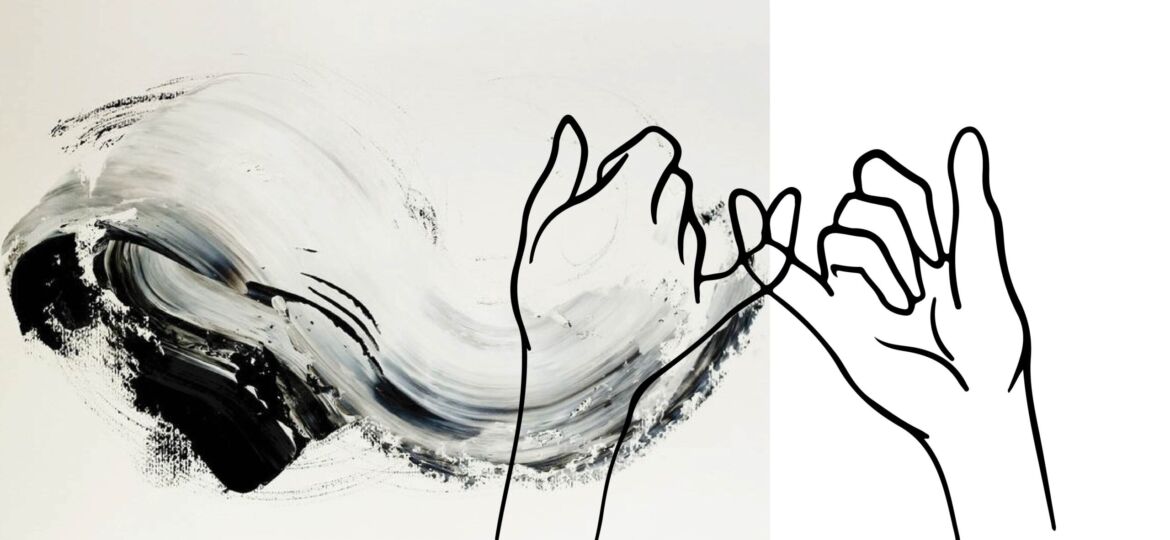
Hand and Microsurgery
Treatment of hand injuries may vary according to the severity of the hand injury, the time elapsed after the injury and the rate of contamination of the wound. This situation becomes more important especially in injuries with tendon and nerve cuts. Although various protocols have been proposed to determine the principles of treatment, the current practice is to know all treatment methods and to select the most appropriate model for each injury very quickly. The most important principle is that the treatment method applied should restore the hand to its former function or a function close to it to the maximum extent possible.
Diagnosis for emergency surgical intervention:
Simple tendon incisions are the most common. Tendon is a subserous white coloured strip or band shaped structure extending between the muscle and the bone. The tendon transfers the movement force generated by contraction and shortening of the muscle to the bone. The bone moves through the joint to which it is connected. When the tendon is cut, this movement cannot be transmitted. However, other factors are also effective in transmitting this movement to the bone. These are factors such as the integrity of the bone tissue, the condition of the joint, the integrity of the skin covering on it and the integrity of the nerve that transmits movement signals to the muscle. Therefore, all other factors must also be in a healthy condition for the tendon to function properly. Again, a differential diagnosis of the severed nerve and vascular structures is made. In short, damage is determined. If there is amputation, i.e. loss of limb, the care required for the reconstruction of the severed part is very important again.
What to expect after surgery?
At the end of the operation, the hand wrapped with a dressing, especially the joints related to the repaired tendon, should be immobilised for a while until the tendon, nerves and veins heal. However, after a certain period of time, passive movement is initiated. Passive movement is not voluntary by the patient’s tendon itself, but by externally applied spring or tyre force. This movement prevents the tendon from sticking to the surrounding tissues and aims to exercise the joints on the path of the tendon to regain its health. The next stage is active movements initiated within the period determined by the surgeon. Active movement is the patient’s voluntary movement of the tendon, thus the related fingers or hand. After the surgery, the patient is followed up together with the physiotherapist. The application of movement in the early stage without sufficient healing on the tendon may cause ruptures, so postoperative follow-up is important.



